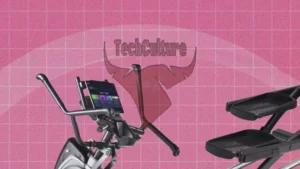NASA has recently announced its decision to fund a groundbreaking mission that aims to explore Proxima Centauri, the closest star to Earth. This ambitious project, proposed by a team of innovative scientists, involves the use of a swarm of tiny spacecraft to reach our neighboring star. This revolutionary approach represents a significant leap forward in space exploration and has captured the imagination of both scientists and the general public.
The idea of sending a swarm of miniature spacecraft to explore Proxima Centauri may sound like science fiction, but it holds great promise for advancing our understanding of the universe. These tiny spacecraft, equipped with advanced technology, will work together in a coordinated manner, enabling them to overcome the challenges posed by the vast distances of space. With the ability to navigate and collect data independently, this swarm approach offers a cost-effective and efficient means of exploring uncharted territory.
This mission to Proxima Centauri not only presents an opportunity to learn more about our closest stellar neighbor but also holds the potential for groundbreaking discoveries. By studying the star’s composition, atmosphere, and any potential exoplanets, scientists hope to gain insights into the formation and evolution of planetary systems beyond our own. Moreover, this mission could shed light on the possibility of habitable environments and the existence of extraterrestrial life.
NASA’s decision to fund a mission to explore Proxima Centauri using a swarm of tiny spacecraft is a remarkable development in the field of space exploration. This innovative approach promises to revolutionize our understanding of the universe and potentially provide answers to age-old questions about the existence of life beyond our planet. As we venture into the unknown, this mission serves as a testament to human curiosity and our ceaseless quest for knowledge.
Read more at Futurism“




